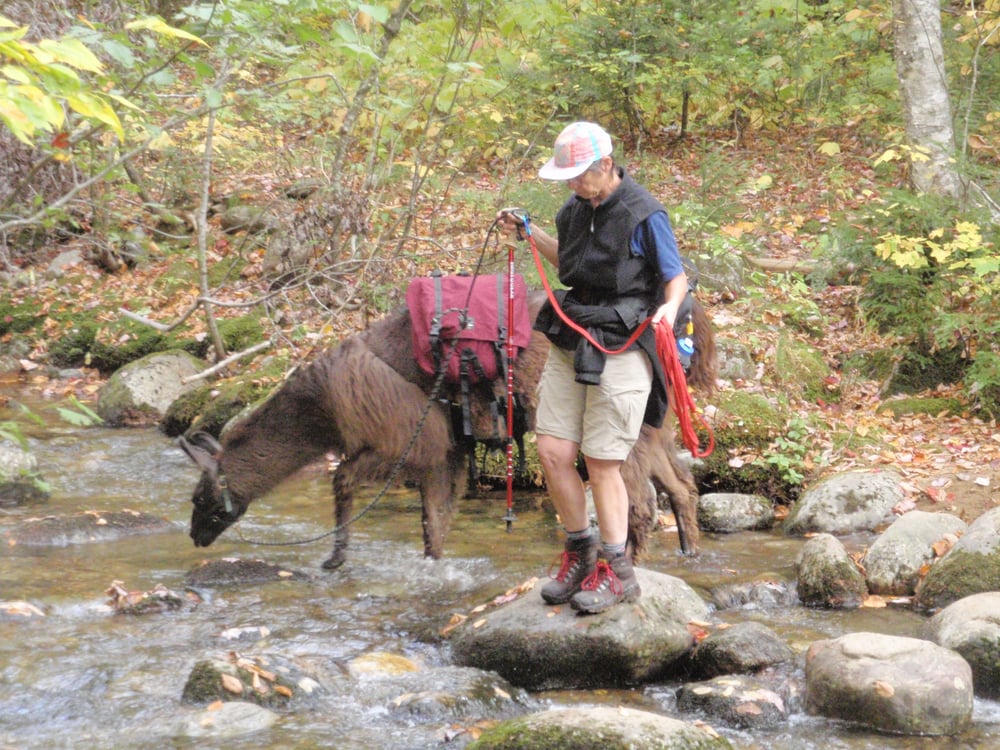Life on a llama farm
Am I feeding my llamas correctly?
Ask 10 llama owners what they feed and you'll get 10 different answers. Good quality, burr- and thistle free hay is the most important component of your feed program. Grain and vitamin supplements should be chosen to suit your and your llamas needs, which may vary seasonally and year to year, as well as from llama to llama. You may wish to experiment for a number of years before choosing the best program for your farm.
Is there routine veterinary care my llamas need?
There are annual vaccinations your llamas need as well as deworming. Check with your veterinarian and other local llama owners. You (or your veterinarian, but this will be expensive) should trim your llamas toenails at regular intervals. Depending upon the animal and the terrain, this can be as frequently as once per month, or as infrequently as once every 6 months. Poor toenail maintenance can cause lameness. At some point in their lifetime, you will probably have to have your veterinarian do dental work on your llamas.
Daily Care
What does your llama need every day? A kind word, a pat on the neck or shoulder, fresh water, hay or grass, perhaps some grain, minerals and salt, and clean, dry shelter. Nothing more. But to really provide good care for your beloved animals, they also need a keen eye, and time spent quietly observing their behavior. Get to know their hierarchy, their habits, their interactions. Your observations of their normal behavior, around food, each other, and your daily routines, will be your best indicator of any problems.
Shelter and Water
You need at least a 3-sided structure to shield your llama from wind and to provide shade in the summer. It should stay dry inside year round. Access to open ground for most of the year is necessary for proper exercise and the mental health of your llama. The barn floor will need some form of bedding material, at least in the winter. Bucket heaters in the winter time will quickly pay for themselves in aggravation avoided, since breaking ice twice a day when it is -20' outside is no fun.
Training
Time spent working with your llamas will result in animals that are happy to see you, easy to work with, and a pleasure for others to interact with. "Training" time can be nothing more than a few minutes spent talking to and touching each llama every day, or can include an hour of intensive training aimed at teaching your llama a new technique (accepting a pack saddle, following voice commands, maneuvering an obstacle course, etc).
Long walks are enjoyed by both llamas and people, especially when they include new experiences for both! Prepare your llamas for bug season by accustoming them to touch around the head and legs, so that you can wipe on or spray on insect repellant so they, too, can enjoy that walk in the woods. Insect repellants that work on people are just as effective on llamas, and may be less toxic (to you as well as to the llamas), than products formulated for animal use.

What do you do with a llama?
Go for a walk...
Hang out in the barn....
Create with their beautiful fiber....
Make a new friend....
